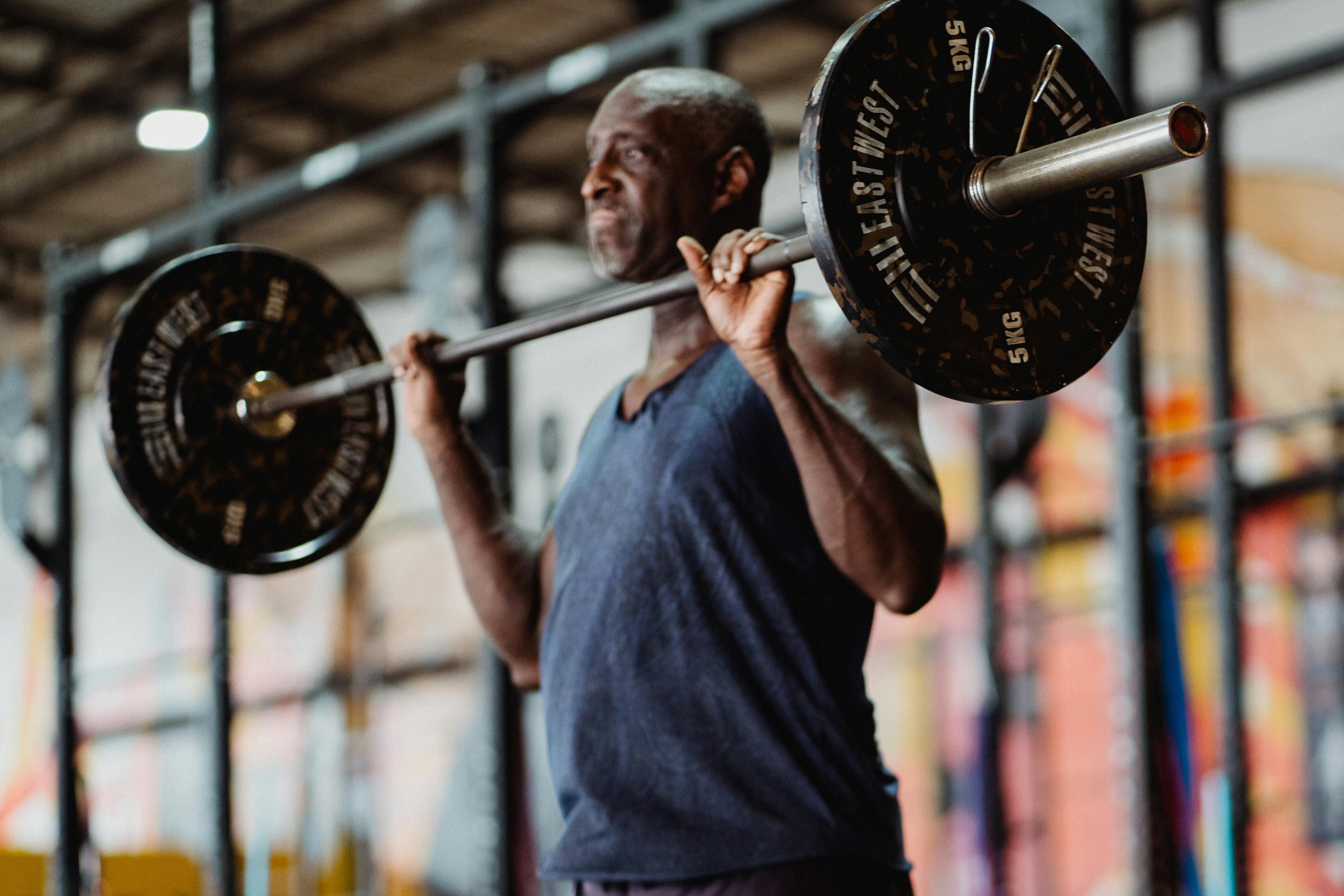Psychomotor skills
In addition to fitness, strong technique and good mental ability, a football player also needs developed psychomotor skills, i.e. attention and concentration skills, multitasking, implicit perception (ability to perceive in advance), spatial orientation, processing information (input-output) rhythm, motor memory and the like.
To illustrate this matter, let’s look at the information processing process and the performance of Barcelona midfielder Chavi Hernández, from when he receives the ball to when he releases it, the moment of passing:
A. Identify an open space in the direction of a pitch angle and enter it.
B. Realizing that the ball is being passed to him.
C. Take your eyes off the ball and protect your surroundings.
D. Look at the ball, while it is halfway, anticipating where it is going and its force at the moment of absorption.
E. Receiving the ball (near blind uptake), while observing the surrounding area and estimating possible moves.
F. Pass the ball with supreme precision to your teammate or into open space, where a teammate is moving towards.
Now we can better understand Chavi’s phrase in an interview: “When you arrive in Barcelona as a child, the first thing they teach you is: think, think, think and fast. From the age of ten they teach you that it is a shame to lose the ball.”
Chavi actually talks about the brain and thinking functions during physical exertion, or in simpler words about brain training.
In his book “A User’s Guide to the Brain” (Zmora-Bitan Publishers 2005), Dr. John Ratey, a neuropsychiatrist at Harvard Medical School, concentrates influential insights regarding athletes’ perceptions of training:
“Imagine what happens inside your head when you have to make a decision. You receive information from the different brain functions: facts, opinions, thoughts, memories and prediction of results. You order the pieces of information, add reasons, test the possible results and you instruct a The phases of this process are based on motor functions, organizing by sequence, adding analyzing and instructing, the neural networks that work within those processes are the ones that work in motor processes.” Furthermore, he emphasizes that: “the parts of the brain that are used to organize the sequences and timing of cognitive function are the same parts that organize the sequence and timing of physical actions.”
This type of knowledge can be effectively applied through psychomotor training, which is tailored to each player individually. In other words: since it is possible to train a soccer player and improve his physical fitness, technique and coordination and, as is well known, it is possible to train a chess player to improve his decision-making ability, why not Will we be able to train both at the same time?
talent potential
Players blessed with God-given talent, like Pelé, Johan Cruyff, Maradona, Messi, etc. they are also endowed with very rare psychomotor abilities. One of his distinctive qualities is his ability to think and make the right decision on the move. Taking Eyal Berkovitz as an example, the unique quality that made him a good player is his ability to pass (that is, to process information related to space) during constant movement, without negatively affecting the flow of the game. This type of ability can sometimes make the difference between good and very good players and between excellent players and those who are recognized as geniuses.
Coaches often say that talent cannot be taught. You either have it or you don’t.
This is true, but think about how many talented soccer players work hard and still can’t utilize their talent potential to the fullest.
A soccer player who has a tendency to “lapses in attention” (“disconnections”) can make critical mistakes due to momentary inattention, no matter how talented. Motivation alone or hard training will not prevent player and coach angst. We are talking about a neurological pattern, on which the player has little effect. The first step towards solving this problem is the development of awareness and awareness of these “disconnects” and the second step is dedicated attention training/interference. A soccer player’s attention and concentration skills also have an effect on the amount of mental effort he expends to maintain his concentration throughout the game.
Obviously, fitness plays a role here, but even assuming the player is in adequate physical shape, you will often notice symptoms of mental exhaustion. When a player performs very well in the first half and completely disappears from the field in the second half, it can’t always be attributed to his physical form. Players who underwent psychomotor training for several months reported not only improvement and better focus in the game, but also feeling “fresh” for longer. This is not a surprise. The human brain reacts to training to the same extent that the muscles of the body react to training.
Coaches often complain about players not passing the ball, when from the coach’s point of view this seems like the best and easiest option. Consequently, the coach blames the player for being selfish. This may well be the case, but in some cases this situation is caused by the player seeing the movement, but not processing the spatial information. More than once it is the same player, who was “reading” the field and made excellent passes during the first half.
This phenomenon has a simple explanation: The attentive and physical effort that the player needs to invest in this stage of the game “blocks” his mind’s ability to anticipate moves and “read” the field. We know that at a certain stage of the game, the first abilities to degrade are the higher abilities of the brain, that is: Vision of the playing field, anticipation of plays and decision making. At that stage we (coach, players, fans) make the same mistake and ask the only question, which the player cannot answer: Why didn’t you pass the ball?
Psychomotor Training
Attention and concentration difficulties do not result from a malfunction in one area or another, but from a poor balance of the system as a whole. The scientists identified four different components in the attentional system, which are collectively responsible for the brain’s overall ability to inspect its environment: arousal, motor orientation, innovation and reward detection, and operational organization. These components do not work separately or in a way that is not related to motor activity. This is behind the rationale and need for combined training: motor, attentive and cognitive.
Example:
A player is passing the ball to another player who is 4.5 meters from him and at the same time receives a tennis ball from the latter which he throws into his hand. Both exchange ball passes and shoots. I stand behind a player and ask him to find the exact point of time (time) between passing the ball with his foot and catching the tennis ball with his hand, which will allow him to turn onto his back and specify the number of fingers. , which I am “showing” you. Of course, motor activities, the quality of the pass, catching and passing the tennis ball are considered first priority. If the player fails to look away at the right time, they should contain the impulse (Restraining Impulsiveness), let go and surrender (Decision making under moderate pressure) by turning their head back, so as not to degrade the quality of their passing. Later in the training, I will ask the player to apply an addition operation on the number of fingers displayed in two consecutive flashes (information processing, input-output).
The more the player’s skills improve, the more it will be possible to increase the level of complexity of the exercise. By the time I feel the player has reached a good level of performance and is doing it effortlessly, I will ask them to bring their pulse up to a game level and then repeat the exercise. You will then be asked to perform the exercise in a state of fatigue.
When a player has reached the point of performing complex attentive and sensual motor challenges without extra effort and fluently, I will include in the exercises cognitive challenges that require: spatial memory, information extraction, planning, imagination, etc. This is the way to train a player to think faster, with better focus and improve their decision making in the game.
Ratey writes in his book “User’s Guide to the Brain” (Zmora-Bitan Publishers 2005):
“The amazing flexibility of the human brain allows it to constantly rewire and learn, not only through academic study, but also through experience, thought, action, and sensation. We can strengthen our neurological pathways, as well as our muscles by training the brain or letting them degenerate.
Example
The player walks in a path that follows the 8 shape and focuses his sight on the coach in front of him, in the middle of the 8 shape.
From there the coach passes him 3 different colored juggling balls. Now the player begins to walk and focuses his eyes on the balls that are coming at him quickly. He is catching with one hand and passing the ball with the other hand in a circular motion.
At this stage the training is solely motor, sensual and attentive.
When the coach passes the ball, he names a color, which sometimes matches the color of the ball and sometimes doesn’t. The player must continue with the required sequence of actions and respond by saying “yes” whenever the color of the ball matches what the coach said and say “no” whenever the color does not match what the coach said (of course that the coach controls the rhythm of the passes and therefore the intensity of the exercise). Now the training has become double: motor, sensual, attentive and cognitive. The player must not only observe whether the verbal part fits or differs from the current activity (information processing), but must also continue to do so over time and under pressure.
Psychomotor training is divided into general training, which is adapted to each type of sport, and specific training, which is adjusted to the specificity of a certain sporting field and in the cases of collective sports, it is also adjusted to the role of the player in the team. . Each of the above training categories is exercised under multiple conditions:
A. Regular, while the player is still fresh.
B. Intensive, during the effort (after raising the pulse)
C. Under fatigue conditions.
The training conditions are changed to train the brain to maximum flexibility and to simulate as much as possible real game situations. The training also includes work on correct breathing in various situations, simulations and ‘anchoring exercises’, which help concentration and faster recovery after exertion. Eventually, all training activity is meant to meet the bottom line expressed by Johan Cruiff: “The best football is simple football; but simple football is the hardest to play.” And yes, you play football with your mind.



